
How did this all start?
Informal, unverified speed records have long existed on named trails and circular routes and, in the spirit of sportsmanship and exploration, have survived because no one owns the event. Before the gravitas of closed streets and marked courses came to the world, FKTs were pretty much what people did. We all love a challenge and an experience. From scaling mountain peaks to running across deserts to cycling across countries and continents, we’ve been making records and breaking records for hundreds of years.
However, in recent years the modern Fastest Known Time (FKT) has emerged. Slightly more formal, the modern FKT has been aided with the development of Wahoo and Garmin GPS bike computers, that made tracking and recording ride attempts easier and comparable. There’s no ranking or top 10. Just the fastest per gender.
Around Britain there are a network of trails and bridleways that have been used throughout history, carved out by Roman, used by medevial kings in battles or as trading thoroughfares. These routes now form popular ride routes. Not forgetting geological landmarks like the Yorkshire Three Peaks, one of the many fells in the Lake District. Most cyclists choose to ride these famous trails and routes over a weekend or take their time on a longer day out but for some there is a draw to complete the route as fast as they can.

Who can do one?
In the UK, Fastest Known Times are collated and listed. There are a set of simple guidelines and the aim of the site is to be a hub of riding times, information and a list of great gravel routes.
UK FKT courses are longer than 150km in length and need to contain a minimum of 20% on unpaved surfaces. Fast Known Time celebrates a rider’s ability to be completely self-sufficient.
Anyone can attempt an FKT because they are self organised. They must be ridden solo, which no one can verify, and this is where the spirit of cycling and sportsmanship really shines. You can’t ask a friend to open farmers’ gates or hand up water bottles or stand in strategic places with a spare wheel if you puncture.
The aim is to leave zero trace. Therefore you cannot stash supplies of water or food either. You need to start with your equipment or, as most people do, plan stops within the route at petrol stations, supermarkets or cafes to replenish supplies.

Neil Phillips Condor Odyssey Gravel Bike




Tips from FKT record holder, Neil Phillips
What equipment did you carry for your FKT Records?
I carried my kit in the follow bags:
Restrap Tool pouch
Restrap Small race frame bag
Restrap Race top tube bag
Restrap Frame strap
Equipment list
- two inner tubes
- tubeless plugs
- tyre levers
- multi-tool with chain tool
- quick link, CO2 canister
- tyre boot (small bit of old tyre)
- stick on puncture repair kit.
- Restrap Fast Strap
- Powerbank with cable for phone
- Garmin 840 GPS Computer
- First aid kit with plasters, paracetamol, ibuprofen, sachet of chamois cream
- Spare loo paper
The Restrap Fast Straps are there in case I need to strap anything or carry something like a jersey or gilet.
What do you prefer to eat during your FKT rides?
Raw velo gels and bars, which are 100% plant based. Home made banana and peanut butter sandwiches, bananas, small packets of Haribo.
What are your bike/food tips for attempting a personal FKT?
Know your bike, make sure you are happy on the setup as ultimately they are long days in the saddle. Sounds obvious but keep the food to what you are used to eating on the bike. Little and often to maintain that energy and keep hydrated to help digestion of the food. Also, thinking about the route where it is easy to eat, some hard off road routes have long hard sections where you cannot take the hands off the bars to feed, let alone want to be chewing food. So when the trail is flat and smooth get the food in.

What do you enjoy about attempting FKTs?
I love the challenge of a new route and pushing myself against the route. The FKT is just a marker, a carrot on a stick for me to see what I can do on a bike physically and mentally.
What should you look for when planning an FKT?
Know the terrain, know the key hard bits and where you'll need energy. Also think about daylight when you'll start and finish and how much darkness you might have on the route. Mid summer is obviously a good time due to maximum daylight hours, but the trails maybe busier with walkers and other users, which isn't in the question but remember to be polite and slow down. A few seconds lost by being courteous probably wont be the difference between getting the FKT and not.
Should an FKT bike be set up in a certain way?
Bike setup is very specific to the route and personal preference. The bike needs to be comfortable. Most FKTs are long, more than 10 hours, if not a lot longer. So air on the side of comfort. Slightly bigger tyres to give some cushioning and help preserve the hands and arms.
Not necessarily over optimising the bike for weight and speed needs to be balanced, especially with things like tyres, better to get round than have a major mechanical because the trails will take its toll on the bike especially as you tire and make mistakes.
Take a set of lights.

Tyres
Panaracer Gravelking SK + tyres 700x43c set up tubeless. The tyres are wider than gravel racing for additional comfort on long ride.
Neil removed the fork mount bolts for weight saving on FKT attempts.

Pedals
Neil uses Shimano XTR PDM9100 SPD pedals.
The pedal is ultralight and mud clearing.

Groupset & Gearing
The bike is equipped with Shimano GRX 820, opting for a double chainset for a wide range of gears.
48/31 chainrings
11-32 cassette

Condor Gravel Bikes and Framesets
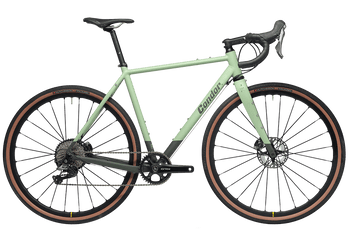 New
Odyssey Gravel
New
Odyssey Gravel
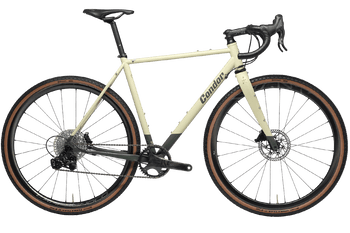 New
Bivio Gravel
New
Bivio Gravel
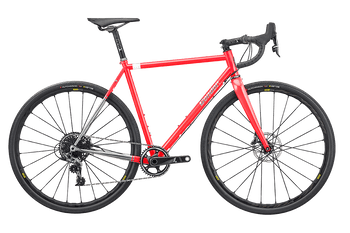 Pre-order
Gravel Stainless
Pre-order
Gravel Stainless
More bikepacking and gravel riding guides
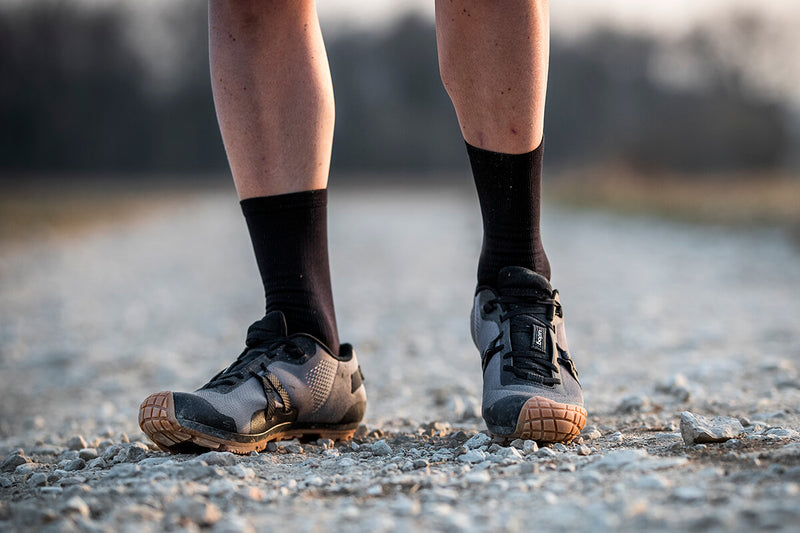
Guide to Udog's shoe collection
